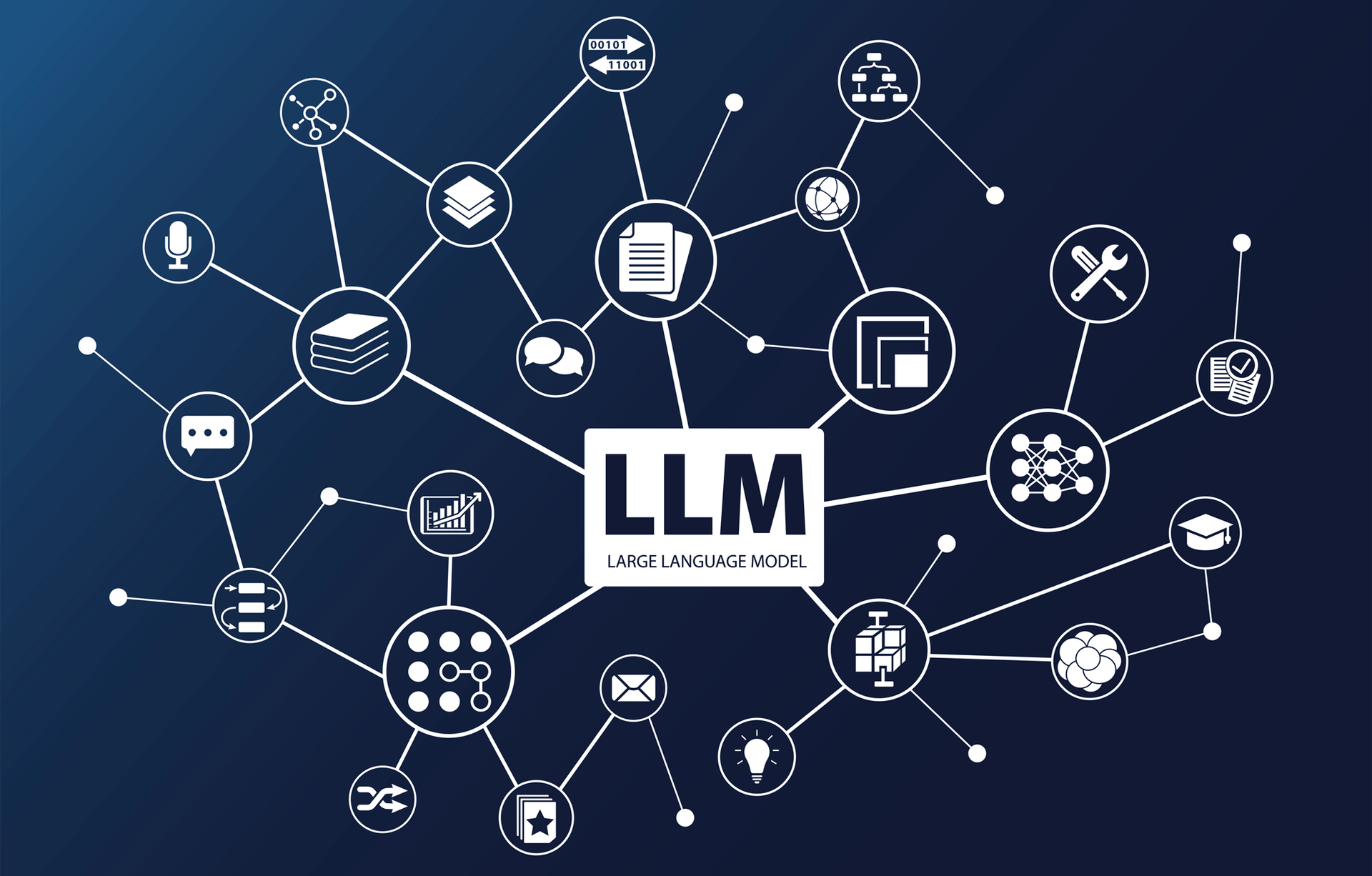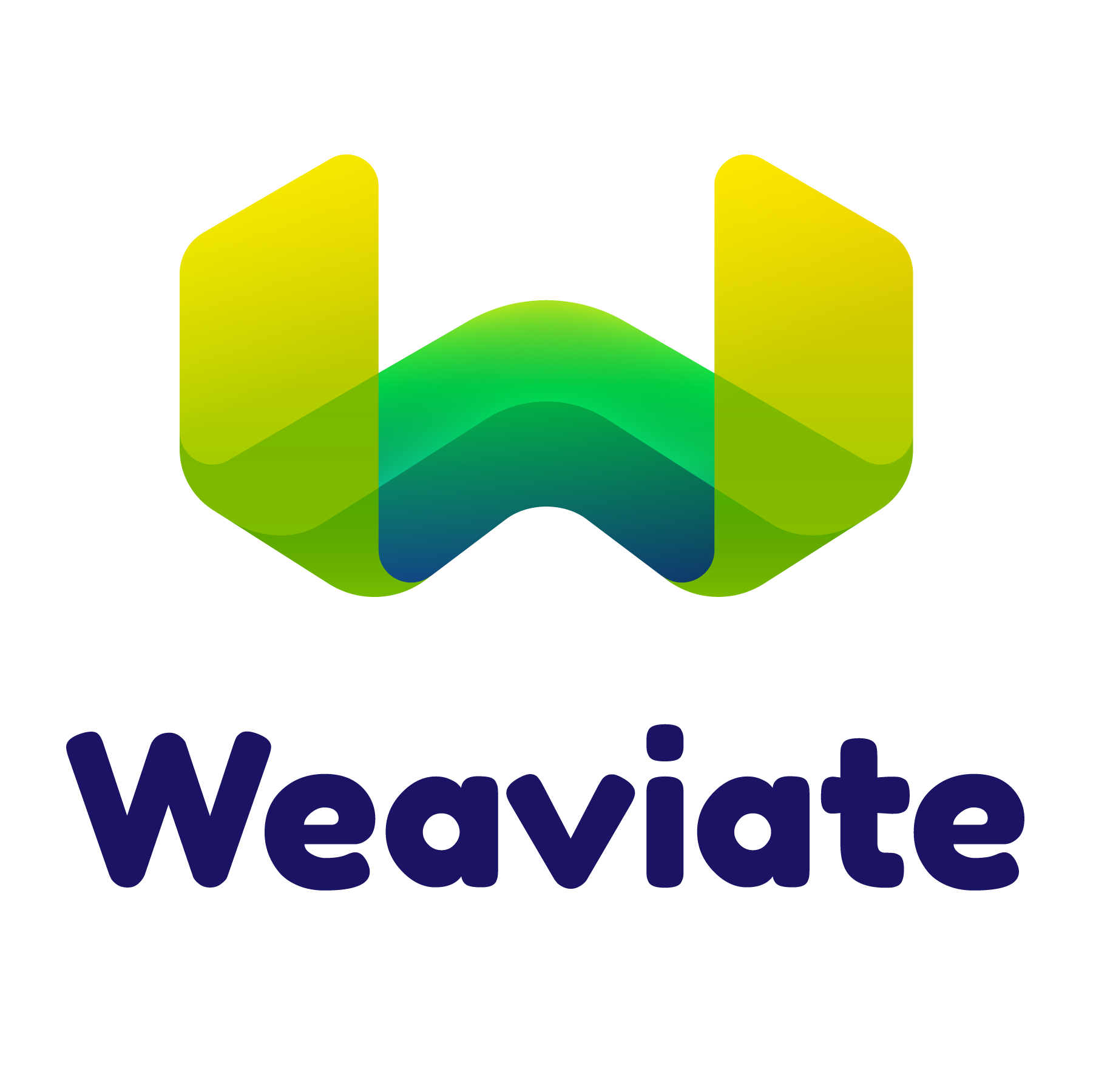The 4 Best Vector Database Options for your LLM Projects
As the potential of Generative AI and Large Language (LLM) models continue to grow at a frightening pace, it can be hard to know where to get started and get your head around all the tools needed for a successful LLM project! One key tool in any successful implementation is Vector Database, these databases are used to efficiently store and retrieve vector representations of the text or other data used with your model. I’m going to walk you through what I think are the 4 best options available, but first we should probably answer a few basic questions: what is an LLM? What is a vector database? How do they work?
What is an LLM?
Pretty much, an LLM is a type of artificial intelligence model designed to understand and generate human-like language. Trained on massive datasets with billions of words, these models wield deep learning magic to excel at tasks such as text completion, summarisation, translation, and question-answering. They are even better than their NLP predecessors due to their generative capability, allowing them to produce human-like text based on context, making them a fantastic tool across a broad spectrum of applications, from content creation to natural language conversations.
What is a Vector Database?
A vector Database is a specific type of Database that indexes and stores vector embeddings for fast retrieval and similarity search, in this context, a "vector" is a mathematical representation of an object or data point in a multi-dimensional space. These databases are optimised for tasks where the relationships and similarities between data points are crucial. In addition to numerical vectors, vector databases are increasingly relevant for storing and managing vector representations of textual data generated by LLMs, expanding their applications into the realm of natural language understanding.
Tokenisation and Embedding
Tokenisation is the process of breaking down blocks text into smaller units, typically words or subwords, facilitating the analysis of language. On the other hand, embedding involves representing these tokens as vectors in a high-dimensional space, capturing semantic relationships between words. These embedded tokens form the basis for an LLMs understanding of language. Their contextual nature, influenced by surrounding tokens, enables LLMs to process input text, capture semantic relationships, and generate coherent and contextually relevant responses in a wide range of natural language processing applications.
Vector Databases
Right, on to the good stuff! Let’s take a look at the 4 best Vector Databases for use in LLM projects!
Azure AI Search
Up first, Azure AI Search, formally known as Azure Cognitive Search! This absolute powerhouse of a Vector Database is a fully managed, cloud-based, AI-powered information retrieval platform from Microsoft Azure. It is a fantastic option as it allows you to add powerful search capabilities to your LLM project without the need for extensive infrastructure management. One of the key benefits this brings is that it can be highly scalable, allowing you to easily index and search through whatever volume of data your business has and easily support high-traffic loads. Not only is it super scalable, as it is a part of the Azure offering it integrates seamlessly with other services in your Azure AI project making it incredibly easy to implement right off the bat. Finally, it offers state of the art searching capabilities, utilizing hybrid retrieval that combines both vector and keyword retrieval to bring you better, faster results. Overall, Azure AI Search is an incredible option for an LLM project that requires powerful search capabilities and scalability without the need for extensive infrastructure management.
Pinecone
Pinecone is another fully managed, cloud-based vector database designed for efficiently storing, indexing, and querying high-dimensional vector data. Specifically, Pinecone is focused on providing a robust solution for similarity search in large datasets. As another strong Vector Database option, Pinecone offers many of the same benefits as Azure AI Search in terms of scalability, infrastructure management, along with also offering hybrid search to provide fast and relevant search results. It is however cloud agnostic so can be used with Microsoft Azure, AWS, and Google Cloud making it a great choice for multi-cloud solutions. In a sentence Pinecone is a great option for an LLM project that requires similarity search in large datasets, and needs to be cloud-agnostic.
Chroma
Chroma is an open-source vector database designed for storing and retrieving vector embeddings. As with all of the Vector Databases in this list, they wouldn’t be ‘the best’ if their search capabilities were slow and provided results with poor relevance, so naturally the search capabilities of Chroma are lightening fast and provide excellent results. One of the key strengths of Chroma however is its simplicity, it is very easy to use, it is fairly much just a case of pip installing it, importing the library and you are good to go! With just a few lines of code you can begin adding our text documents to the collection, which will automatically handle tokenization, embedding and indexing for you making it super easy to integrate into any LLM project. Being open-source has its benefits, in that it is often a lot cheaper to host as you do not need to pay for a managed service, however that will come with the overheads of having to manage infrastructure yourself if you wish to use it on a large scale. If you are working on an LLM project that requires a simple and easy-to-use vector database that can be self-hosted, look no further than Chroma.
Weaviate
Weaviate is another open-source vector database created by SeMI Technologies and is designed to handle high-dimensional vector data efficiently and provide a platform for building applications that involve searching and analyzing complex data structures… such as an LLM! Not to sound like a broken record, but Weaviate again offers a rich vector search, easy development, and high performance. It also brings a number of modules with out-of-the-box support for vectorization and allows you to pick from a wide variety of well-known neural search frameworks using Weaviate integrations. While being open-source and giving you the option to self-host and manage Weaviate, it also has a cloud solution that can be serverless in the Weaviate Cloud, or ‘bring your own cloud’ and useable with inside Azure, AWS, and GCP. Finally, Weaviate os a superb option for any LLM project that requires a high-performance vector database with out-of-the-box support for vectorization and a wide variety of neural search frameworks.
Conclusion
All of the vector databases outlined above are incredibly powerful tools that will take your LLM project to the next level. The main difference between them all is the hosting options, and whether you prefer open-source or fully managed solutions. Packing a huge punch in terms of the number of features, the power of tool and the huge integration potential you have Azure AI Search, with the only real downside being you are locked into to using Microsoft Azure services if you really want to get the most out of it. Weaviate and Pinecone make for a nice middle ground, offering a managed solution that is cloud agnostic without too many compromises. Last, and by no means least, you have Chroma which is a brilliant, easy to use tool that is completely open-source and can be up and running in just a matter of minutes.
No matter which tool you chose to go for using a vector database will bring a huge amount of benefits to your LLM projects, if you want to know more about how to use them why not check out this blog on the 10 reasons why you need to implement RAG!





